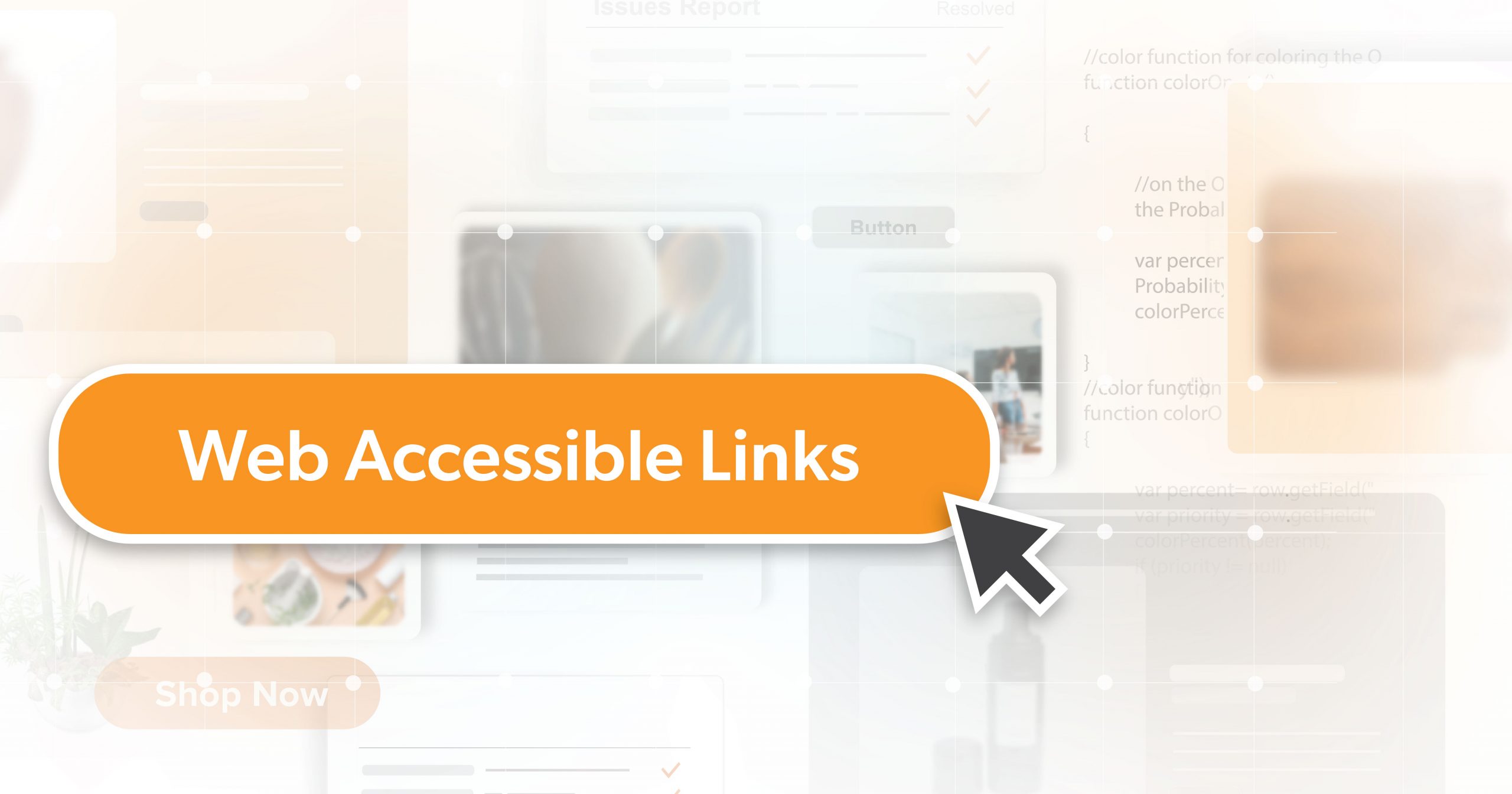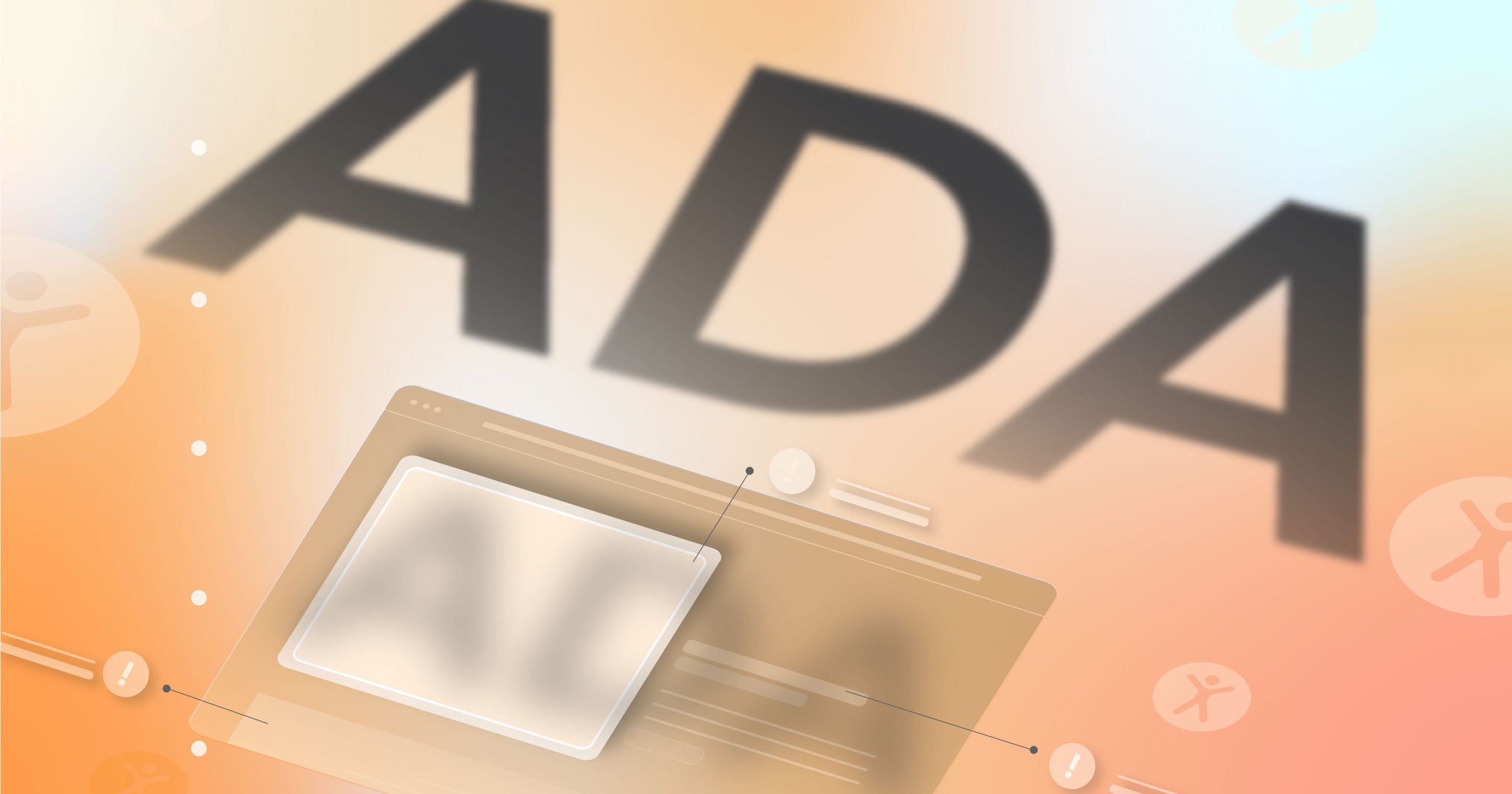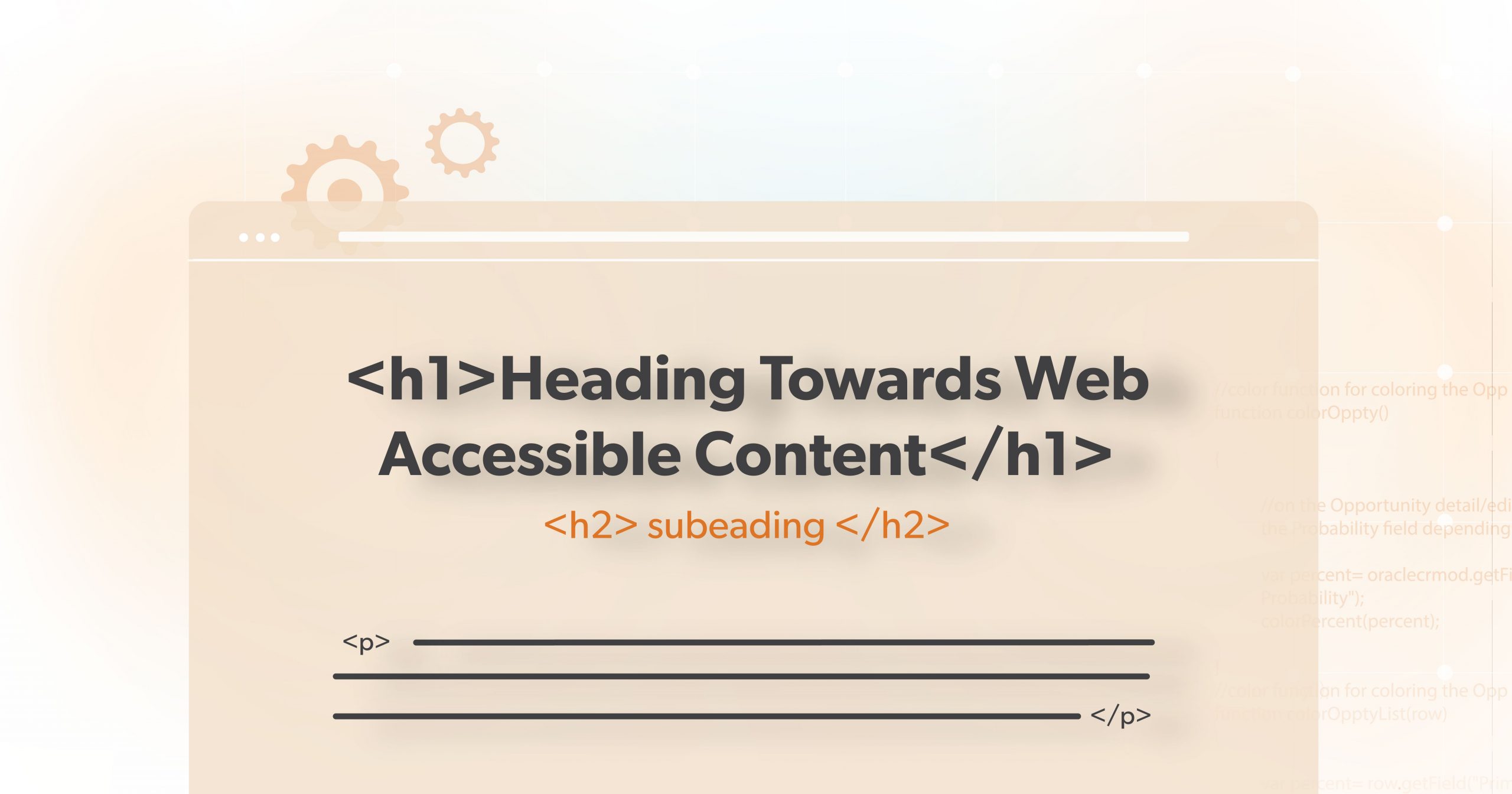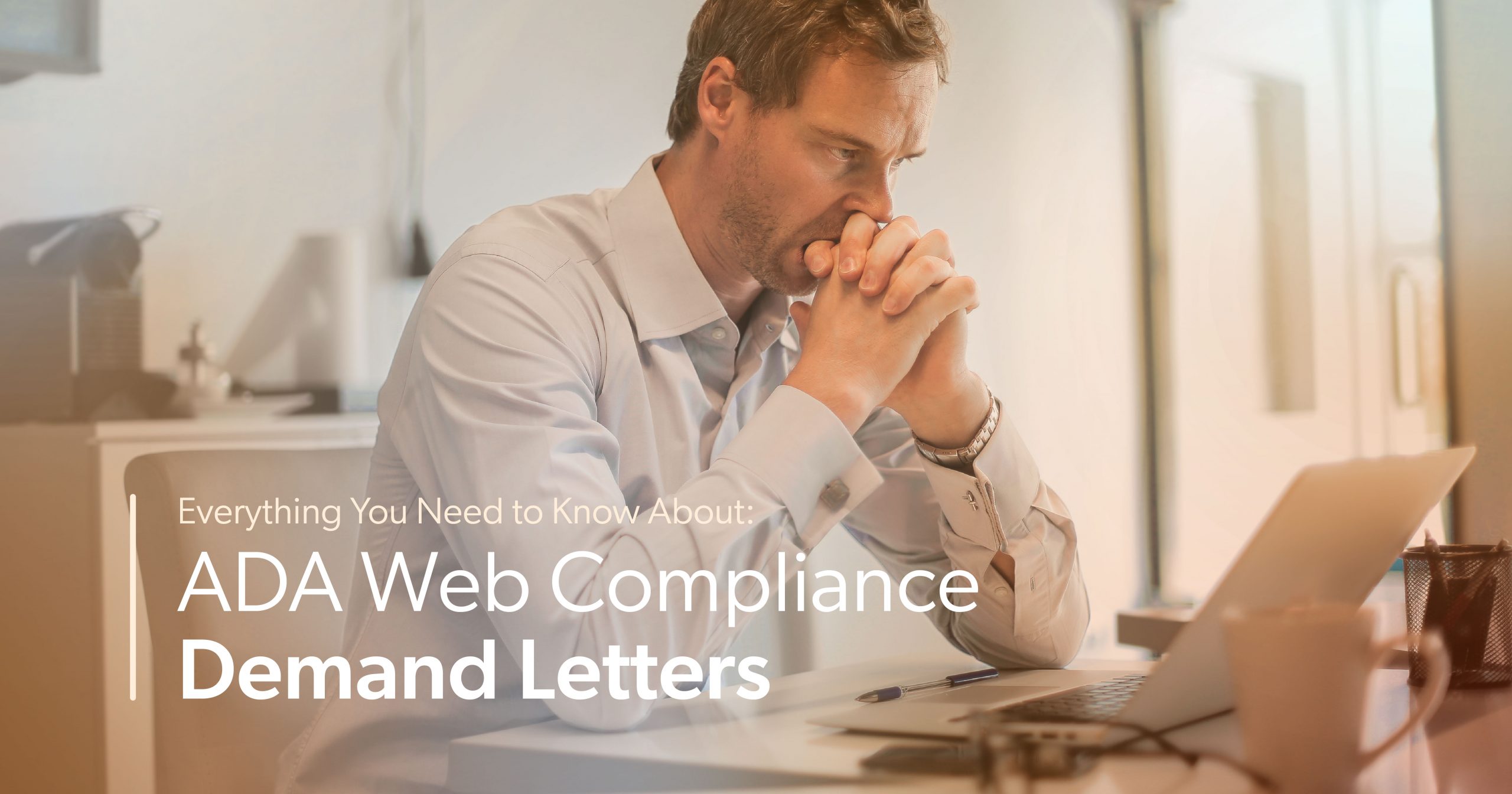Significant changes in digital accessibility legislation took place in 2023 that will significantly affect how businesses operate online in 2024. Accessibility has become a central focus in the United States Department of Justice, state legislatures, and even in Europe. These changes will have implications for businesses going forward, and it is essential for them to remain informed, assess their current status, and comply with the latest regulations.
To help you stay updated on these developments, we have created this blog post to assist you in keeping track of everything in the digital accessibility space.
ADA Digital Accessibility at the Federal Level in the US
In August 2023, the Department of Justice shared a Notice of Proposed Rulemaking (NPRM) about digital accessibility that’s been getting a lot of attention. This NPRM proposes a specific technical standard that state and local governments must follow to meet their existing obligations under Title II of the ADA.
Key points from the NPRM proposals include:
WCAG 2.1 AA
The proposal suggests using WCAG Version 2.1, Level AA, as the rules for making websites and mobile apps easier to navigate. WCAG stands for Web Content Accessibility Guidelines, and it was created to help make the Internet more accessible for everyone.
Websites and Mobile Apps
These rules would apply to the websites and mobile apps that state and local governments use to share information or provide services to the public. For instance, if a local government lets people pay for parking using a mobile app, that app would need to follow these rules to make sure it’s easy for everyone to use.
Compliance Timeline
The DOJ also suggests that state and local governments follow these technical standards within two or three years after the final rule is published, depending on their population size. Smaller public entities, with populations under 50,000 people, would have three years to comply. In contrast, larger ones, with populations of 50,000 or more, would have two years to meet the standard.
Additional details are available in the NPRM‘s “Requirements by Entity Size” section.
State-led Legislation for Digital Accessibility
While federal regulations set a baseline, several states are proactively addressing digital accessibility within their own jurisdictions. Let’s look at some notable examples:
California Assembly Bill 1757
California has introduced Assembly Bill 1757. This bill aims to make it illegal for any provider of online resources to create, license, distribute, or maintain an internet website for public use that does not meet the accessibility standards outlined in the [WCAG 2.1 Level AA].
If this bill becomes law, it may have an impact on business activities within the state, as well as have personal consequences for individual web developers. Developers may find themselves facing lawsuits from both businesses and individuals with disabilities. The recent changes to the bill eliminate the possibility of developers claiming ignorance, as the responsibility threshold has shifted from “knowingly or intentionally to include “negligently” engaged in constructing an inaccessible website. Furthermore, the updated wording prevents developers from shifting liability to the companies that hired them.
AB 1757 is currently under consideration by the Senate Judiciary Committee, and there is heightened attention on whether it will progress into law. All eyes are on this legislation, anticipating its potential implications.
Rhode Island Bills 2023 H-5106 and S-0105
Senators Ujifusa and Representative Vella-Wilkinson are focused on the DOJ’s NPRM proposal. They’ve put forward two bills in Rhode Island: 2023 H-5106 (PDF) and 2023 S-0105 (PDF). These bills aim to make sure that all new websites available to the public follow the ADA’s digital accessibility rules before they go live. On the other hand, existing public websites have until July 1, 2028, to meet WCAG 2.1 AA standards.
The Minnesota House Bill HF-480
Minnesota has proposed Bill HF-480, aiming to allocate funds to the Minnesota Council on Disabilities. The goal is to offer training, aid, and assistance to cities and counties, helping them meet the required standards for website accessibility. Additionally, the bill proposes an annual report detailing the figures related to website accessibility training, technical support, and outreach. It also includes estimates of the costs involved in implementing recommended changes to the websites of cities and counties.
Rhode Island’s Digital Accessibility and Equity Governance Board
Governor Healey of Massachusetts is following in the footsteps of Rhode Island and Minnesota by taking a proactive stance on digital accessibility. She recently signed an Executive Order creating the Digital Accessibility and Equity Governance Board. The board’s goal is to make sure that all digital applications are fully functional and accessible to everyone.
The board will establish and maintain standards, guidelines, and policies for digital accessibility and equity. It will also collaborate with other executive branch offices and agencies to develop procurement policies, contractual standards, and other relevant documents that support digital accessibility efforts.
Hawaii’s HB1419 Bill
On January 1, 2023, Hawaii’s Bill HF-480 brought in the “Hawaii Electronic Information Technology Disability Access Standards” to make digital content more accessible. As of July 1, 2023, all state organizations must check these access standards and update their rules, policies, and procedures for getting and creating digital content.
Kansas Takes a Different Approach
While some states are becoming stricter about digital accessibility, Kansas is making headlines with a unique law. As of July 1, 2023, The Act Against Abusive Website Access Litigation allows local businesses to take legal action against individuals and their lawyers who file lawsuits about website accessibility under the ADA.
The purpose is to counter what is considered “abusive” litigation and seek compensation for defense costs and even punitive damages. Lawsuits can be filed in any jurisdiction. However, this Kansas law will only be in effect until the Department of Justice issues regulations on website accessibility under Title III of the ADA.
The European Accessibility Act
Looking beyond the US, the European Accessibility Act (EAA) is set to bring about substantial changes. With a looming deadline of June 28, 2025, the act aims to improve the accessibility of products and services. This includes public and private websites and mobile applications, including US-based companies selling to the EU sector.
Before the EAA, different accessibility rules existed throughout EU member states, making it difficult for digital product vendors and purchasers. The EAA has standardized accessibility requirements, making it easier for everyone involved.
But suppose you are an online business selling to the EU sector. In that case, it is crucial to make sure that your practices comply with the European Accessibility Act before the deadline arrives.
Implications for Online Businesses
Staying informed about digital accessibility legislation is essential for online businesses aiming to foster inclusivity and avoid legal challenges. The 2023 announcements at both federal and state levels in the US and the impending deadline in the EU underscore the global importance of ADA compliance.
Businesses should closely monitor updates, assess their current digital accessibility status, and take steps to align with the latest regulations. By doing so, they not only mitigate legal risks but also contribute to a more accessible and inclusive online environment.
Preparing for the Future with 216digital
Regardless of where you are on your journey, we’re here to help. At 216digital, we can assist you in developing a strategy to integrate WCAG 2.1 compliance into your development roadmap on your terms. Our expert team will assess your website, provide recommendations, and implement the necessary adjustments to make sure your website meets the latest accessibility standards.
Contact us today to schedule a complementary ADA Strategy Briefing so that you can confidently embrace the future of digital accessibility.









